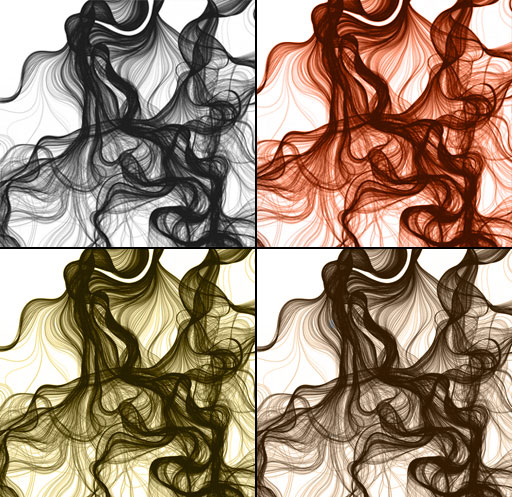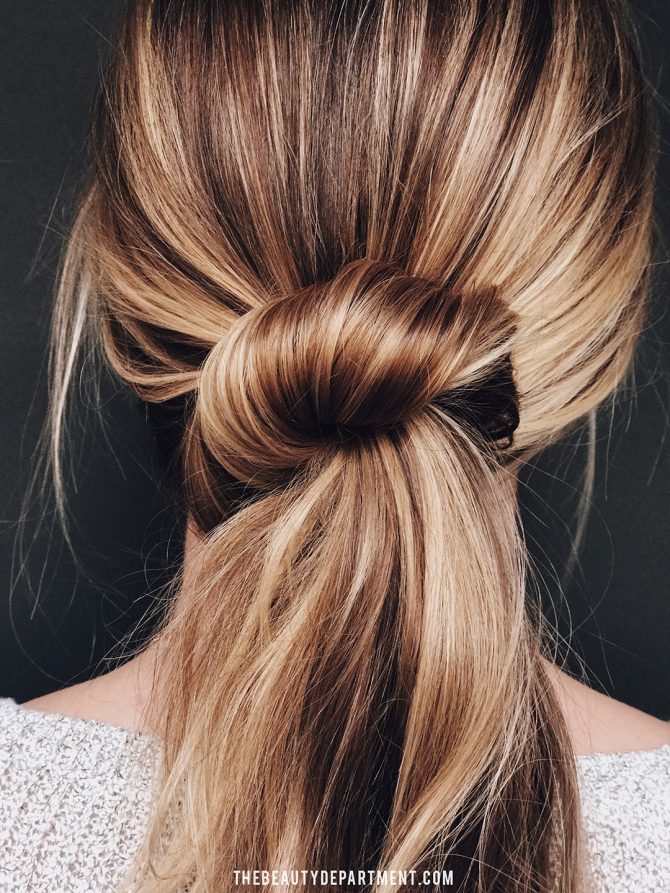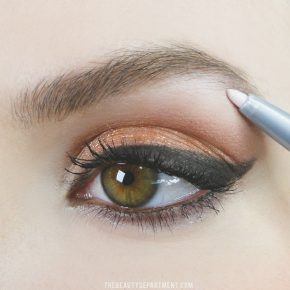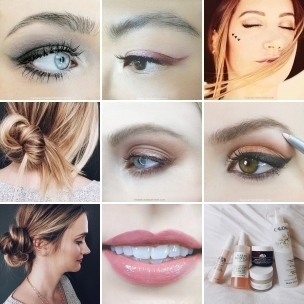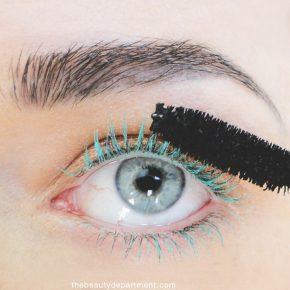hair
YOUR LOSS
Hair loss is truly upsetting, whether temporary or permanent. Lately we’ve been hearing about hair loss from a lot of our readers. In response, I’m writing this post to address the main causes as well as what can be done temporarily and long term. There are many studies about hair loss and even more opinions. This post comes from first hand experience with my own clients, their loss and their regrowth. This post is not for those experiencing “normal” hair loss. Believe me, you’ll know if you need to read this post!
Lack of nutrition: When the body is lacking required vitamins + minerals, the first thing to reflect that is your hair. Think of it like a flower- the first place you see loss of nutrients in a flower is the petals. Eventually petals will fall off if they’re not given what they need to stay strong. I have seen major fall out from eating disorders, sometimes irreversible damage. I can tell exactly who’s eating and who’s not in my chair because the hair feels unusually brittle prior to falling out. Brittle for no reason. That person can be using the best shampoo + conditioner, getting very little color, and air drying their hair and it will still feel brittle. Typically, image concerns and/or lack of self confidence are at the root of an eating disorder. In the long run, losing your hair only increases those things.
Stress: There are many debates over whether or not stress can cause hair loss. Here’s what I know for sure: a few years ago a friend and I went through horrible relationships at the same time. We both lost a significant amount of hair. Enough that it was visible. We both went into panic mode because the last thing you want to feel at that time is that you’re balding. She stressed about it much longer than I did and my hair had a quicker turn around. According to the Mayo Clinic that’s called “Telogen Effluvium”. With TE “emotional or physical stress pushes a large number of growing hairs into a resting phase. Within a few months, the affected hairs may fall out suddenly when combing or washing.” This simply adds to your stress. You have to get your stress in check. It’s not easy but you must. See a doctor, do yoga, play with a puppy. Whatever helps you. The minute you minimize or eliminate stress is the minute the regrowth process will begin. The sooner, the better. (Silver lining: BOTH of our hair grew back in thicker. YAY!)
Pregnancy: I hate to be the bearer of bad news, but… most of my clients have experienced hair loss with pregnancy. Not all, but most. Usually 3-6 months after the baby is born. Typically, the loss is around the hairline and/or around the nape of the neck. The reason it happens there is because that is a different type of hair. Shockingly we have more than one type of hair on our head. The hair around the hairline and nape of the neck is much more sensitive than the rest. There’s nothing you can do to stop this. The hormonal changes that happen from the start of your pregnancy to months after your baby arrives are so strong that no amount of diet, vitamin, or relaxation is going to stop this very natural process. Sorry to break it to you ladies. Get bangs.
Thyroid: Another hormonal issue: hypo-thyroid. This is a medical issue. You must see a doctor about this. After that, see your dermatologist. The doctor will help get you on the appropriate medication or treatment for your thyroid issue. A dermatologist will help with the hair regrowth. Two very different, but very important roles. I recently read a report that said “Hormonally induced hair loss happens because enzymes start to convert testosterone into DHT (dihydrotestosterone). DHT can attack the hair follicle, shrink it or even make it disappear entirely.” Best to see your doctor and dermatologist before this goes too far.
Alopecia: Alopecia in my opinion is SO random. There is no rhyme or reason to who gets it. I’ve seen it happen with the healthiest of people. It starts with small bald patches that appear for no reason and can spread into larger patches if left untreated. It is said to be caused by heredity. There is also a seperate form called “traction alopecia”. I’ve seen this caused by bad application of extensions. If extensions are applied too tightly or an extension pulls hair too far in the opposite direction of which it grows, it can damage the follicle permanently. Some extensions can also rub and irritate the scalp causing bald patches. Most of the spots I’ve seen over the years have grown hair back once the extension is out or reapplied properly. Always say something if you think an extension feels too tight.
- “Hair cells are some of the fastest growing in the body, and when your body is under stress or in crisis, hair cells can shut down in order to redirect energy elsewhere, to places where it is needed.”
- “Normally, hair grows about a half inch a month for about three years, and then it goes into a resting period. One in ten hairs is in a resting period at any one time, and after about three months a new hair pushes the old one out. When more hairs go into resting period, or the conversion process speeds up, the balance becomes disrupted, and hair loss occurs.”
- Colored dry shampoo. Spray this on your root + scalp. Not too heavily or you’ll look crazy. Just a light dusting can shadow your scalp making hair instantly appear thicker.
- Eye shadow. This is a trick I use on set a lot. Hardly anyone has a perfect hair line and in a photoshoot a sparse hair line can be a bother. I use eye shadow in the same shade as the hair and rub it on the scalp with my finger. It makes the area appear more dense and you honestly don’t see it.
- Extensions are NOT a temporary fix for fall out. You should never put extensions all the way up to the part. You should also never put extensions in weakened hair. If you MUST, use clip-in extensions so you can remove them when you’re at home and let the hair rest.
- Use a scalp massager, as seen HERE. You can get them online. Try amazon. Brushing weakend hair repeatedly isn’t a good idea. Better to stimulate the scalp directly.
- Don’t wear tight ponytails. Make sure they’re loose and not adding tension to the scalp. Or wear a messy “Fun Bun“. This sits looser and doesn’t pull downward. It also requires little to no brushing.
Long term fixes:
- Laser/light therapy. This is done with a brush-looking instrument. They will make small circles on your scalp. It doesn’t hurt at all. It’s slightly expensive, but a good alternative to medication.
- Nioxin. I’ve seen incredible results in the long run with this system. They now have specific products for women, color treated hair, advanced thinning, etc. See a professional hairstylist to get an opinion on which one you should use.
- GNC Be Beautiful hair vitamins. I’ve taken these. They’ve worked well for me and for my clients.
- At the end of the day, topical things can only do so much. Hair grows from the inside out and has to be dealt with accordingly. Work on regulating any stress disorders, significant hormonal changes or medical conditions.
My final note on this subject is to get your stress under control and your hormones in check with your doctor. If you experience hair loss, try not to panic. As “holistic” as it may sound, I think the most important thing is to give your hair a safe, stress free place to grow. I hope this info helps you guys experiencing significant hair loss.


